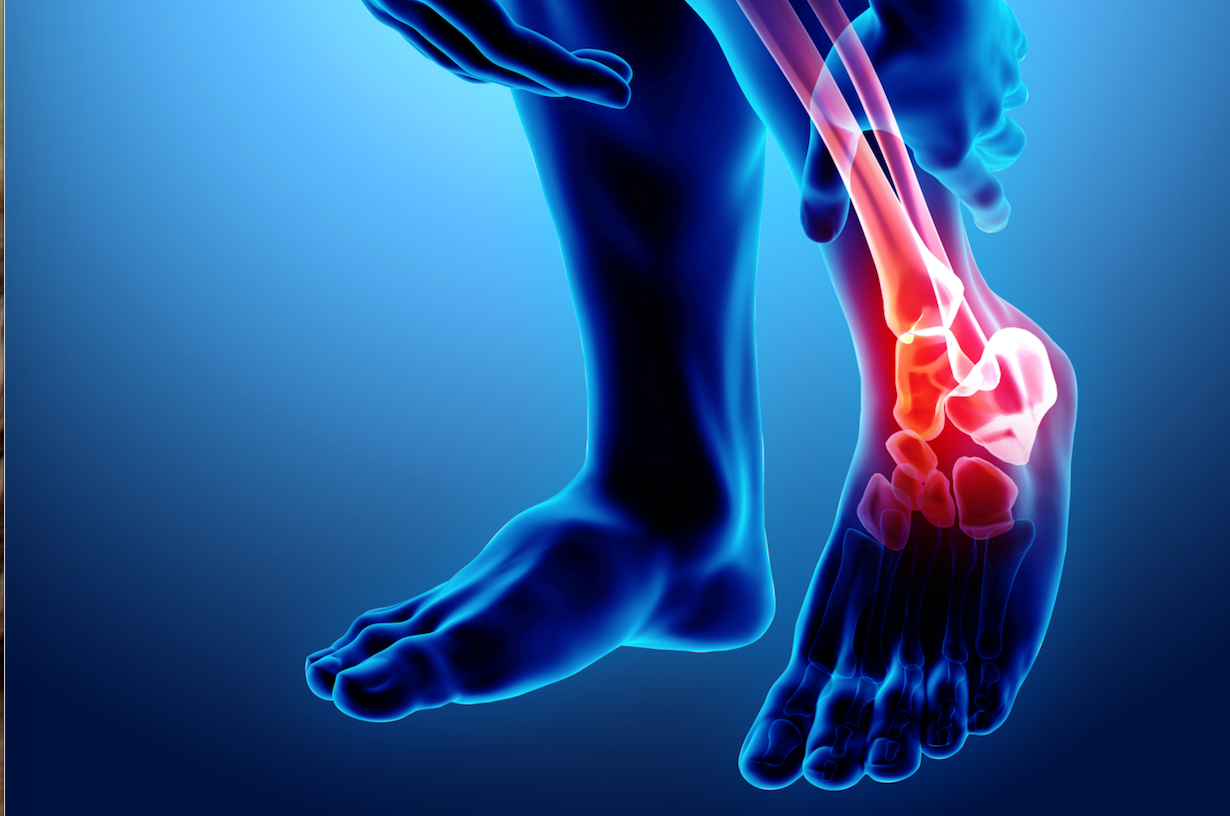Home | Conditions We Treat | Foot & Ankle Conditions
Foot & Ankle Conditions
Synergy Health Partners | Mendelson Kornblum specializes in podiatry. The foot and ankle are vital to mobility, yet their complex structure and constant use make them susceptible to a myriad of injuries.

Foot Structure & Deformities
Foot & Ankle Injuries & Fractures
Treated at Synergy Health Partners
Foot & Ankle Pain & Chronic Conditions
Treated at Synergy Health Partners
Foot Skin & Nail Conditions
Treated at Synergy Health Partners
How do Foot & Ankle injuries usually occur?
Foot and ankle injuries can occur in a variety of ways, often depending on the activity, environment, and individual factors. Here are some common causes:
Sports and Physical Activities:
- Twisting or Rolling: Activities that involve quick changes in direction, such as basketball, soccer, or tennis, can cause the foot or ankle to twist or roll, leading to sprains or fractures.
- Overuse: Repetitive motions, especially in sports like running or dancing, can cause stress fractures, tendinitis, and other overuse injuries.
- Impact Injuries: Direct blows or collisions, common in contact sports, can result in fractures or bruising.
Accidental Falls:
- Slips and Trips: Slipping on wet or uneven surfaces can cause the foot or ankle to twist awkwardly, resulting in sprains or fractures.
- High Heels and Unstable Footwear: Wearing shoes that do not provide proper support or balance can increase the risk of falls and injuries.
Environmental Factors:
- Uneven Surfaces: Walking or running on uneven terrain, such as hiking trails or poorly maintained sidewalks, can lead to missteps and injuries.
- Poor Lighting: Inadequate lighting can make it difficult to see obstacles, increasing the risk of tripping and falling.
Medical Conditions:
- Arthritis: Conditions like osteoarthritis can weaken the joints and make them more susceptible to injuries.
- Osteoporosis: This condition makes bones more fragile and more likely to fracture from minor impacts.
Work-Related Activities:
- Heavy Lifting: Jobs that require lifting heavy objects can put extra strain on the feet and ankles, leading to injuries.
- Repetitive Movements: Jobs that involve repetitive movements, such as standing for long periods or walking long distances, can cause overuse injuries.
Improper Footwear:
- Lack of Support: Shoes that do not provide adequate arch support, cushioning, or stability can lead to various foot and ankle problems.
- Worn-Out Shoes: Wearing shoes that are worn out or not appropriate for the activity can increase the risk of injury.
Inadequate Warm-Up or Stretching:
- Cold Muscles: Engaging in physical activities without properly warming up can make muscles and tendons less flexible, increasing the risk of sprains and strains.
Schedule an Appointment Online
Everything You Need - All in One Place
Synergy Health Partners is the only bone, muscle, and joint specialist in Michigan that offers all the care you need without having to refer you to other providers, including orthopedic specialists, surgeons, podiatrists, and physical therapists. Learn more about our comprehensive care centers for foot and ankle issues.
